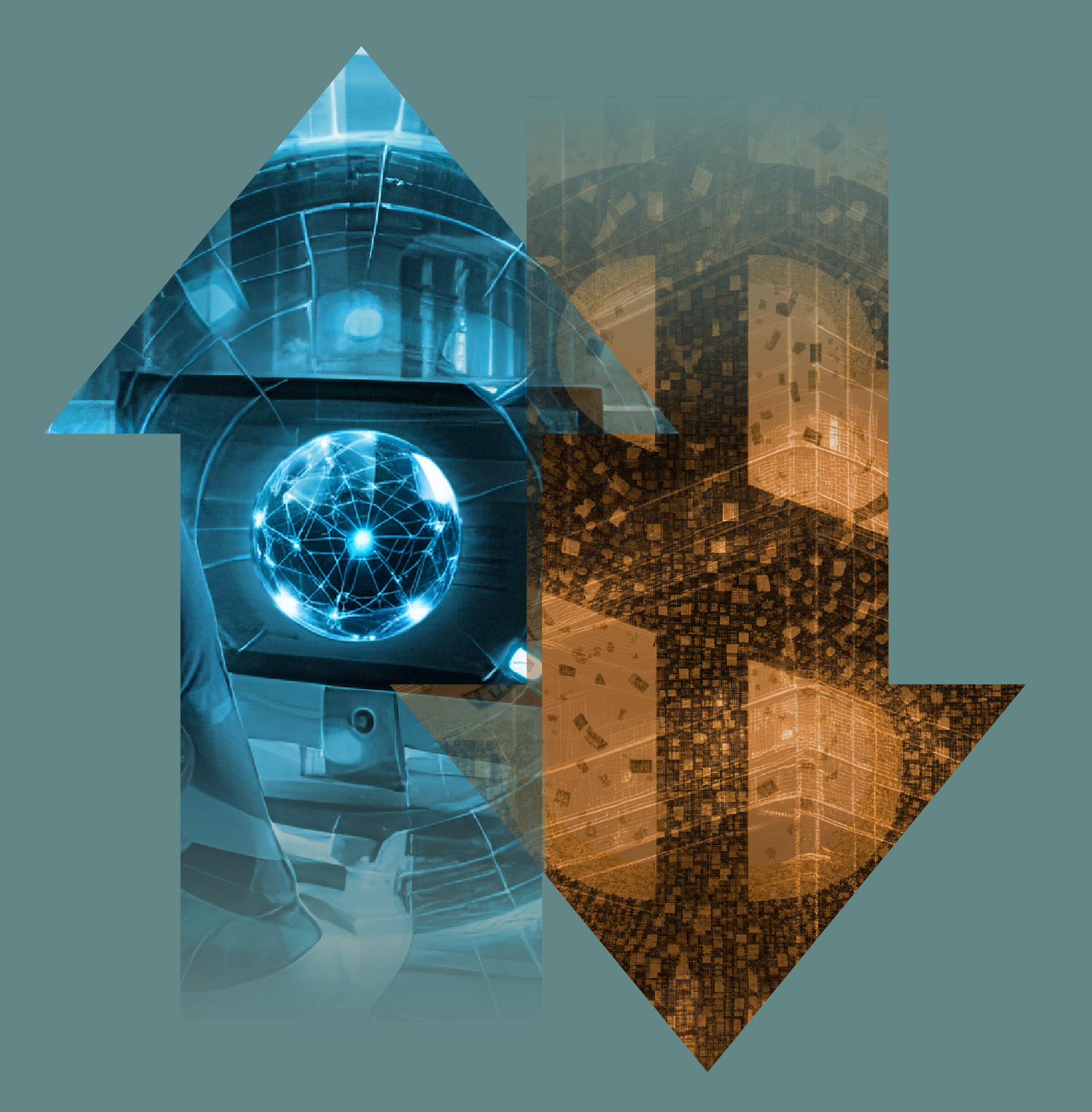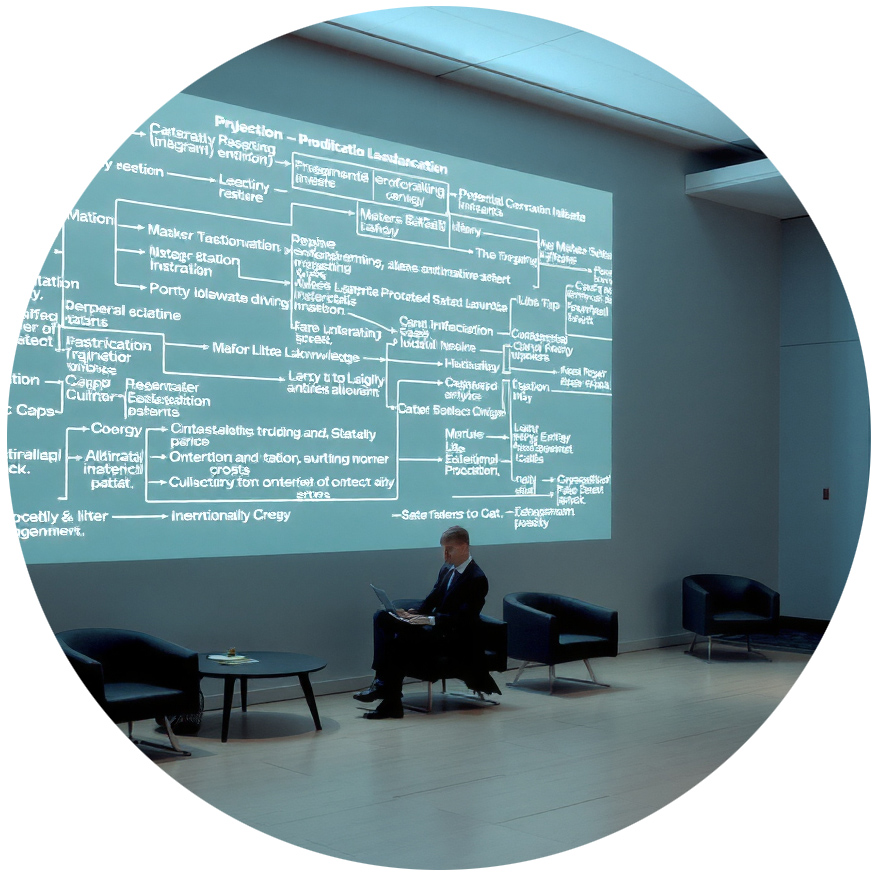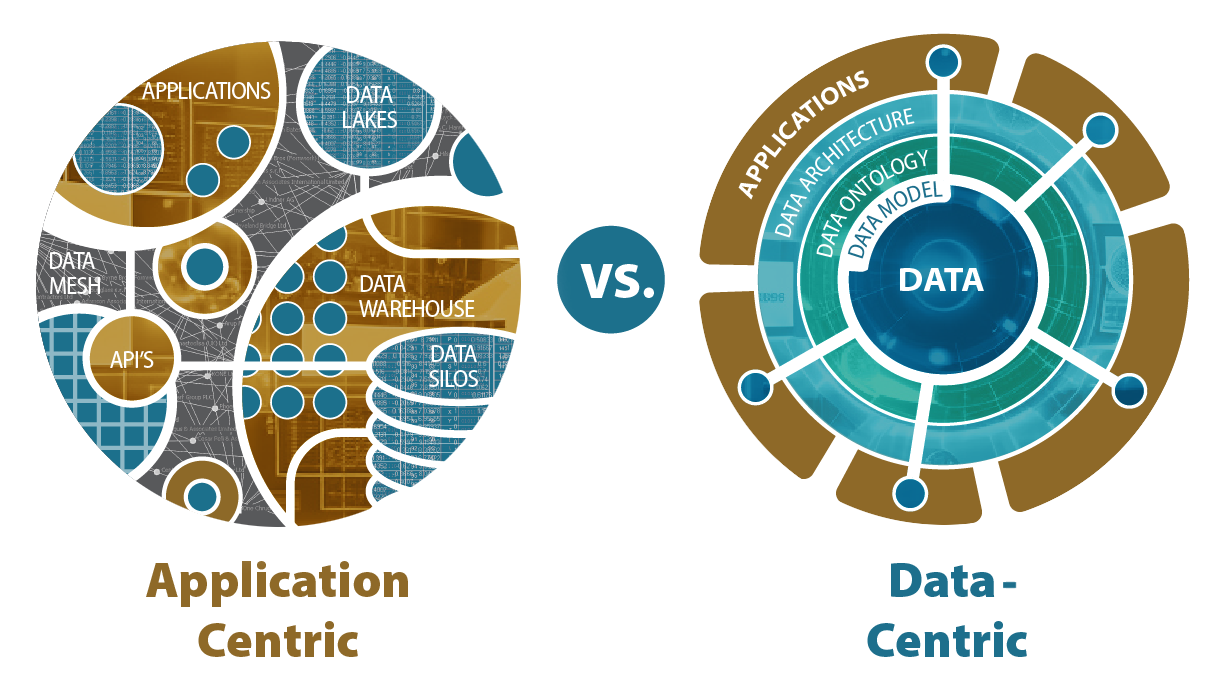Enterprise Data Management
We Unify Silos —
One domain at a time

For owners and managers who want financial information that is more complete, faster to obtain, and easier to verify.

We Use Ontologies and Knowledge
Graphs to Harmonize Data
Semantic Arts is a professional services firm that specializes in helping organizations overcome their integration debt by leveraging semantics and graph databases. We’ve completed over 100 implementation projects in dozens of industries. Open standards and simple models are the key to making steady progress.

The Semantic Arts Perspective

The Inconvenient Truth About Data Management
Many firms have allowed data to become isolated, mismatched and inflexible because of technology fragmentation. As a result, they spend somewhere between 40%-60% of their IT budgets just moving data and mapping it into their applications. This “bad data tax” is a significant liability because it diverts resources from business goals, extends time-to-value and leads to business frustration.
The Inconvenient Truth About Managing Data
Many firms have allowed data to become isolated, mismatched and inflexible because of technology fragmentation. As a result, they spend somewhere between 40%-60% of their IT budgets just moving data and mapping it into their applications. This “integration debt” is a significant liability because it diverts resources from business goals, extends time-to-value and leads to business frustration.
Null Text
Null Text
Understanding the Data Dilemma
Most firms lament the existence of data silos, yet the approach they take in managing their business is to create more of them. And they don’t always realize they are doing it. They focus on specific use cases and architect a solution to support that case – which is then hard wired into code. And they do this over and over for each new application. The result is that every new system has a completely arbitrary interpretation of the data to be managed – with little reuse of basic concepts which results in more silos.
Your Business Analysts Should Not Be Data Janitors
This is a Solvable Problem
It doesn’t have to be this way. The key is to put data and the model at the center as the most important part of your system. Applications conform to the data, not the other way around. Instead of transforming the data for each new viewpoint, the data-centric enterprise keeps the data in its pure form so that it can be reused for other purposes.
This is a Solvable Problem
It doesn’t have to be this way. The key is to put data and the model at the center as the most important part of your system. Applications conform to the data, not the other way around. Instead of transforming the data for each new viewpoint, the data-centric enterprise keeps the data in its pure form so that it can be reused for other purposes.
Your Business Analysts Should Not Be Data Janitors
Null Text
Our Value Proposition
Business analysts should demand their Data Bill of Rights. Data consumers have the right to expect data to be true to original intent, defined at a granular level, reusable and available when needed. They have a right to have data in a format that is flexible to use and not stuck in rigid schemas – as well as the right for data to be traceable as it flows across processes and testable as fit-for purpose. These rights should be automatic, but they are being violated by technology environments that were state-of-the-art two generations ago.
The Semantic Arts Difference

Expert Guidance: The Key to Success
Adopting semantic standards can help unlock the full potential of your data – but it can be complex without the right guidance. At Semantic Arts, we simplify this journey, providing you with experienced consultants who have successfully implemented hundreds of projects across dozens of industries. Whether you’re starting from scratch or refining your existing approach, don’t leave your transformation success to chance.
Expert Guidance: The Key to Success
Adopting semantic standards can help unlock the full potential of your data – but it can be complex without the right guidance. At Semantic Arts, we simplify this journey, providing you with experienced consultants who have successfully implemented hundreds of projects across dozens of industries. Whether you’re starting from scratch or refining your existing approach, don’t leave your transformation success to chance.
Null Text

We Repair Fractured Data Landscapes
Your data landscape is the sum total of all the databases, applications, data stores, data sets, data appliances and data pipelines that you employ to conduct your business on a day-to-day basis. Most firms have thousands of disjointed data assets scattered far and wide. We unravel this complexity to make data more adaptable to changing business needs and technological landscapes.

